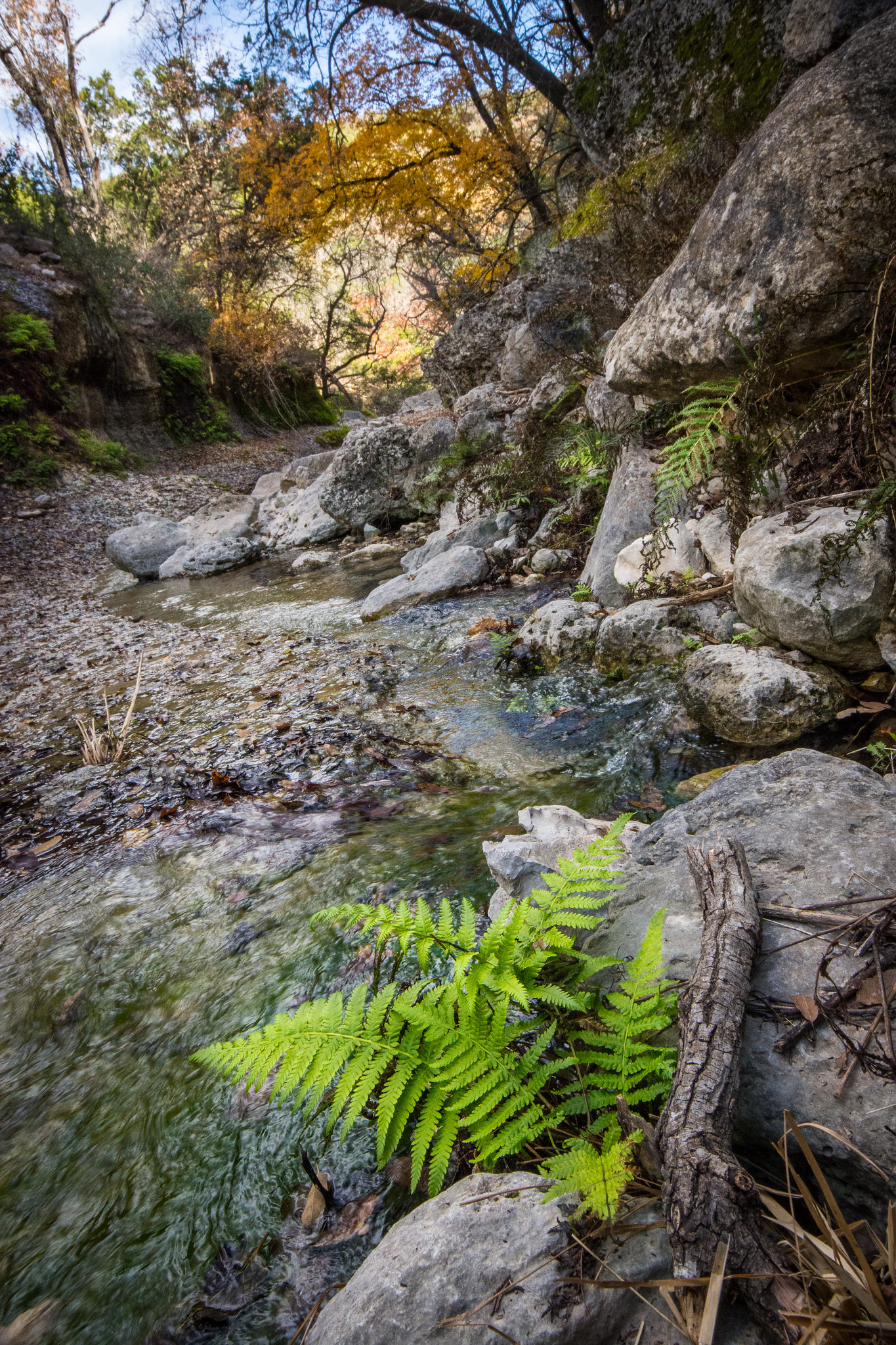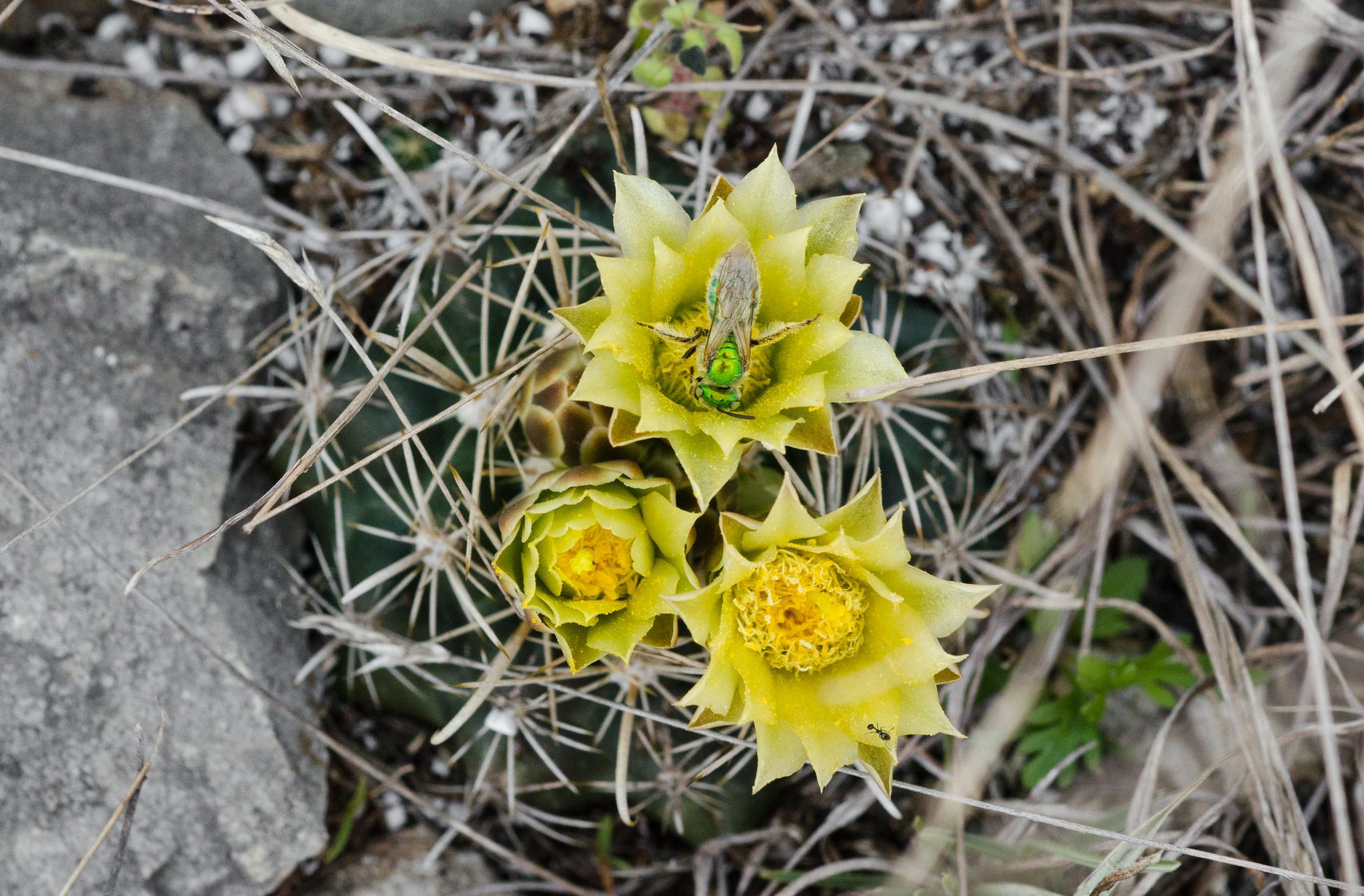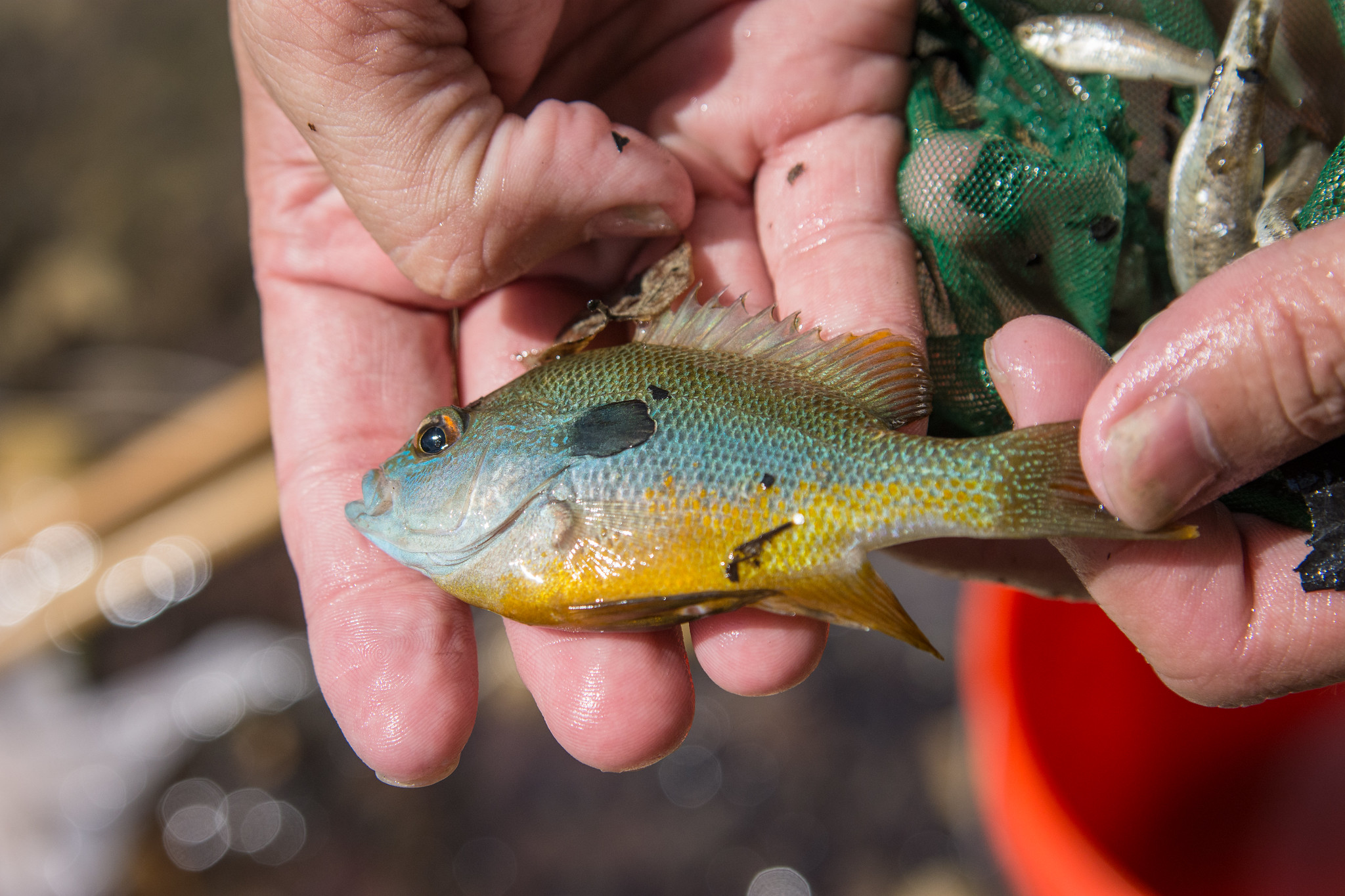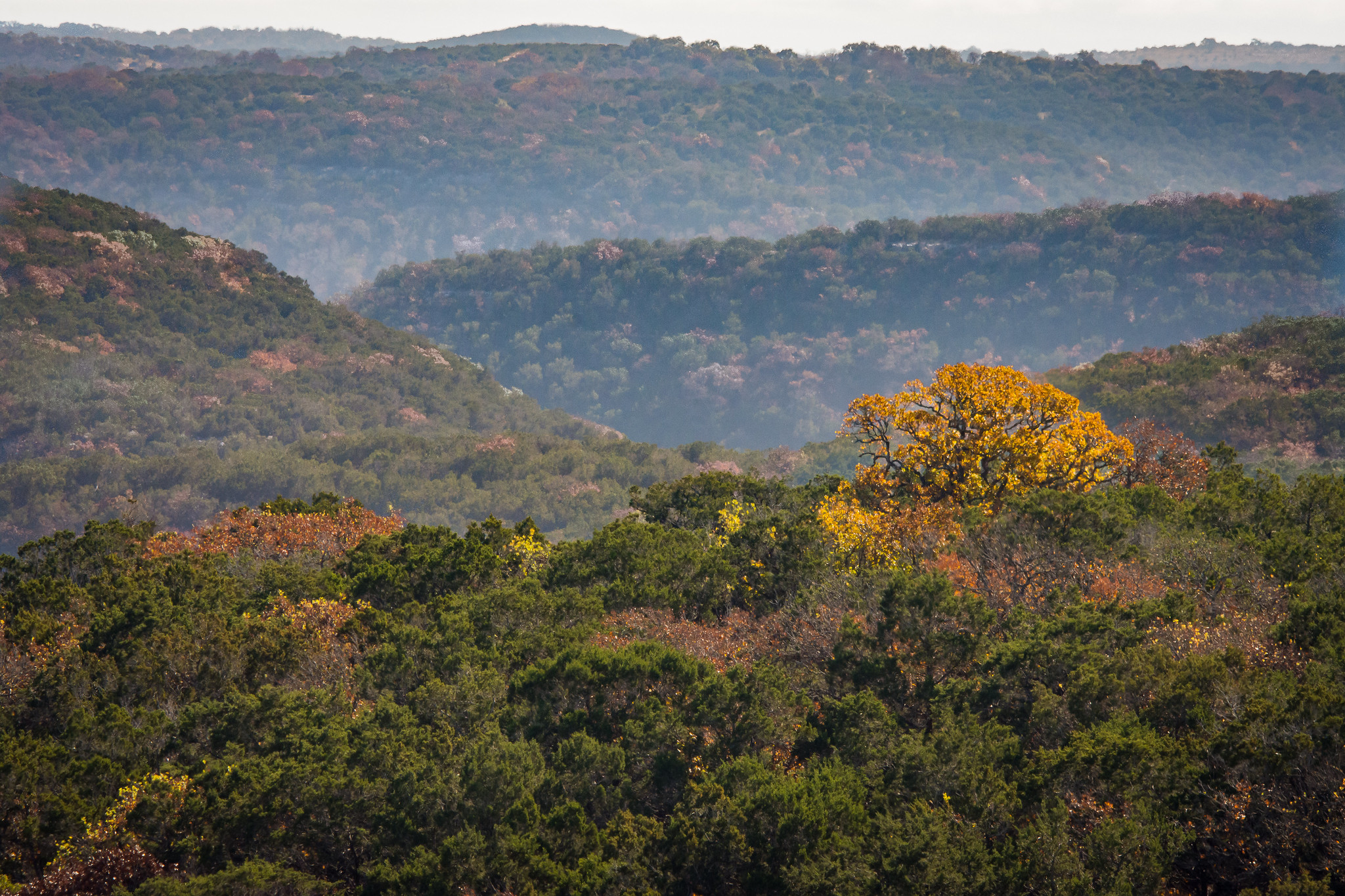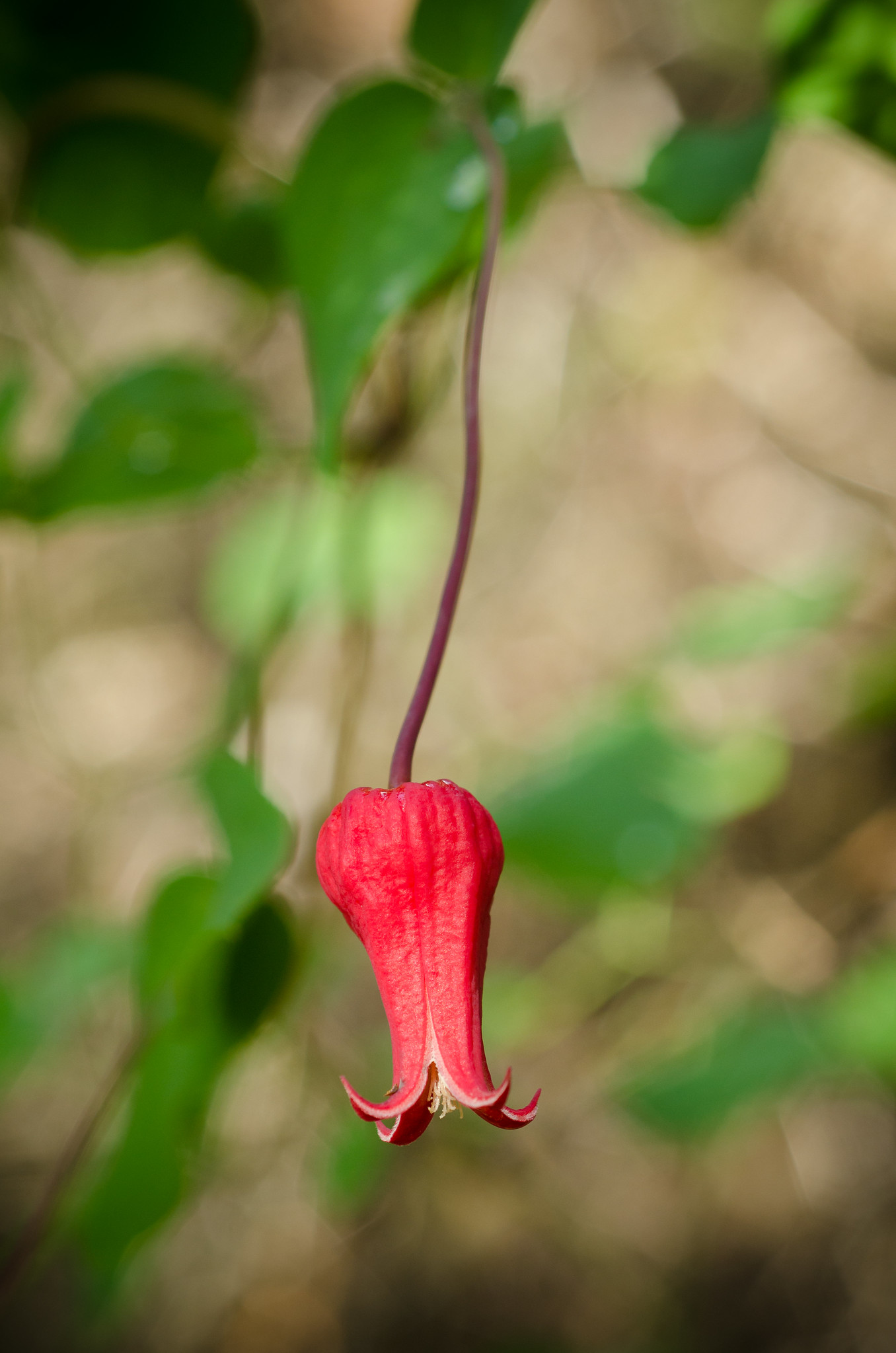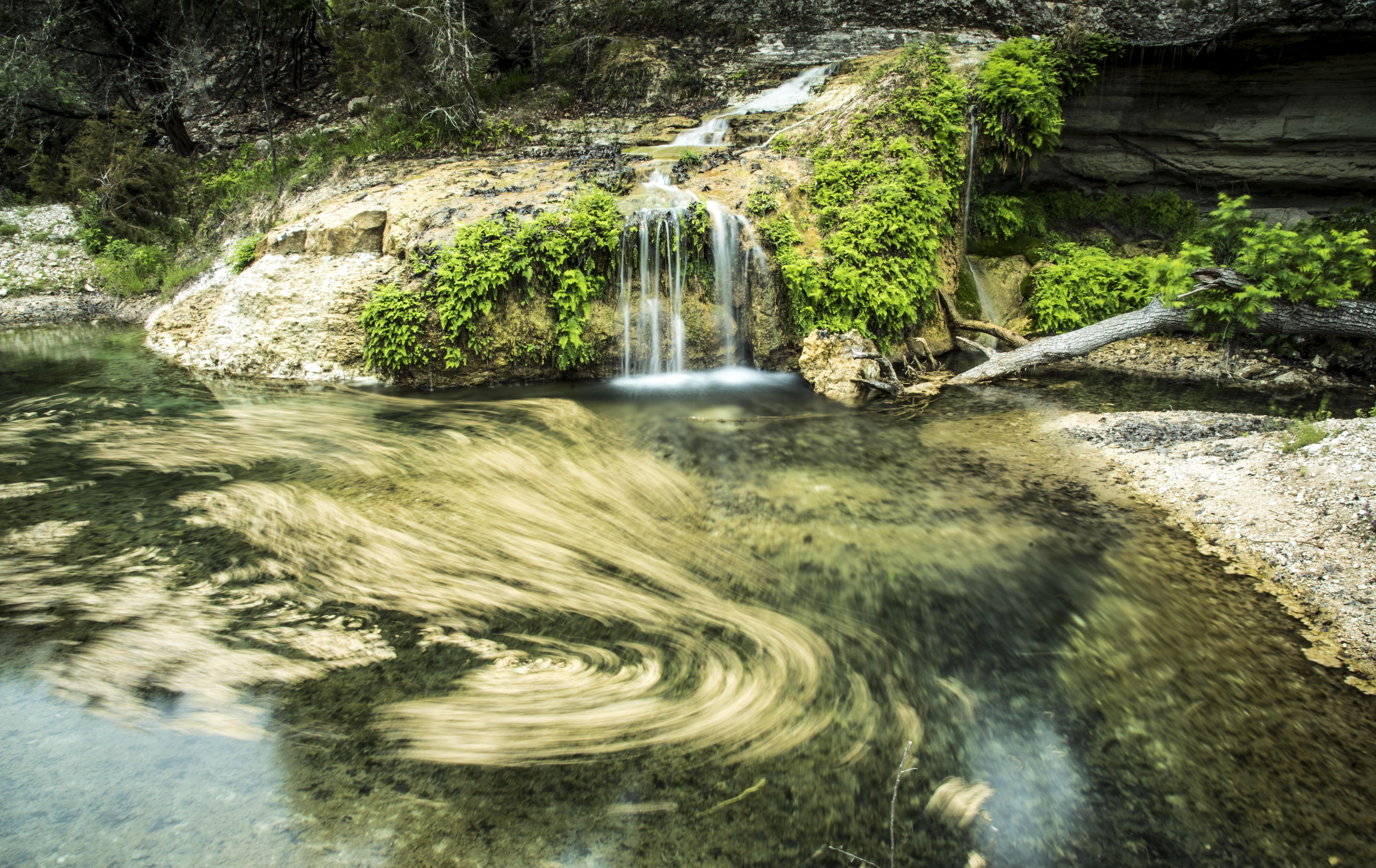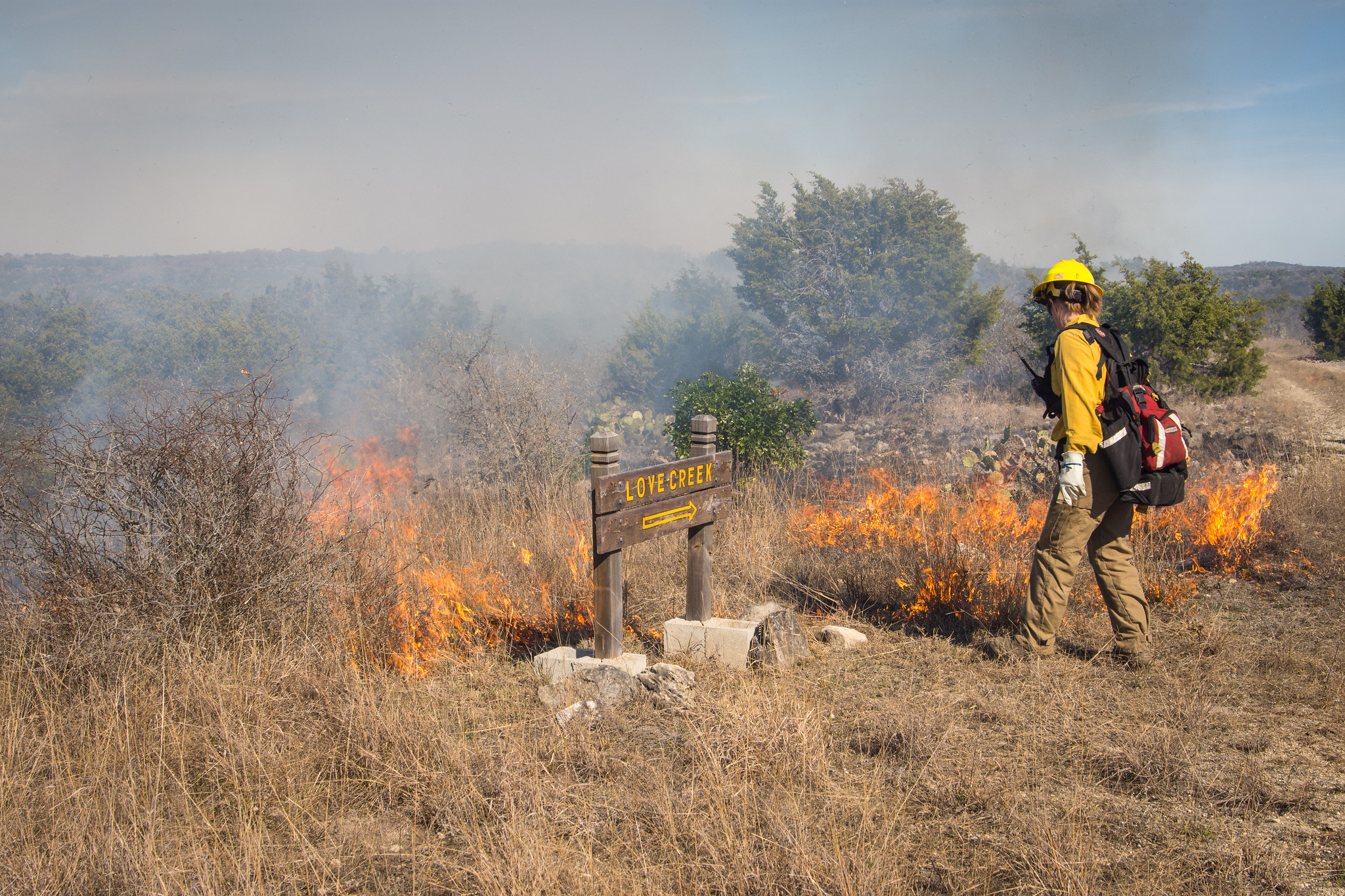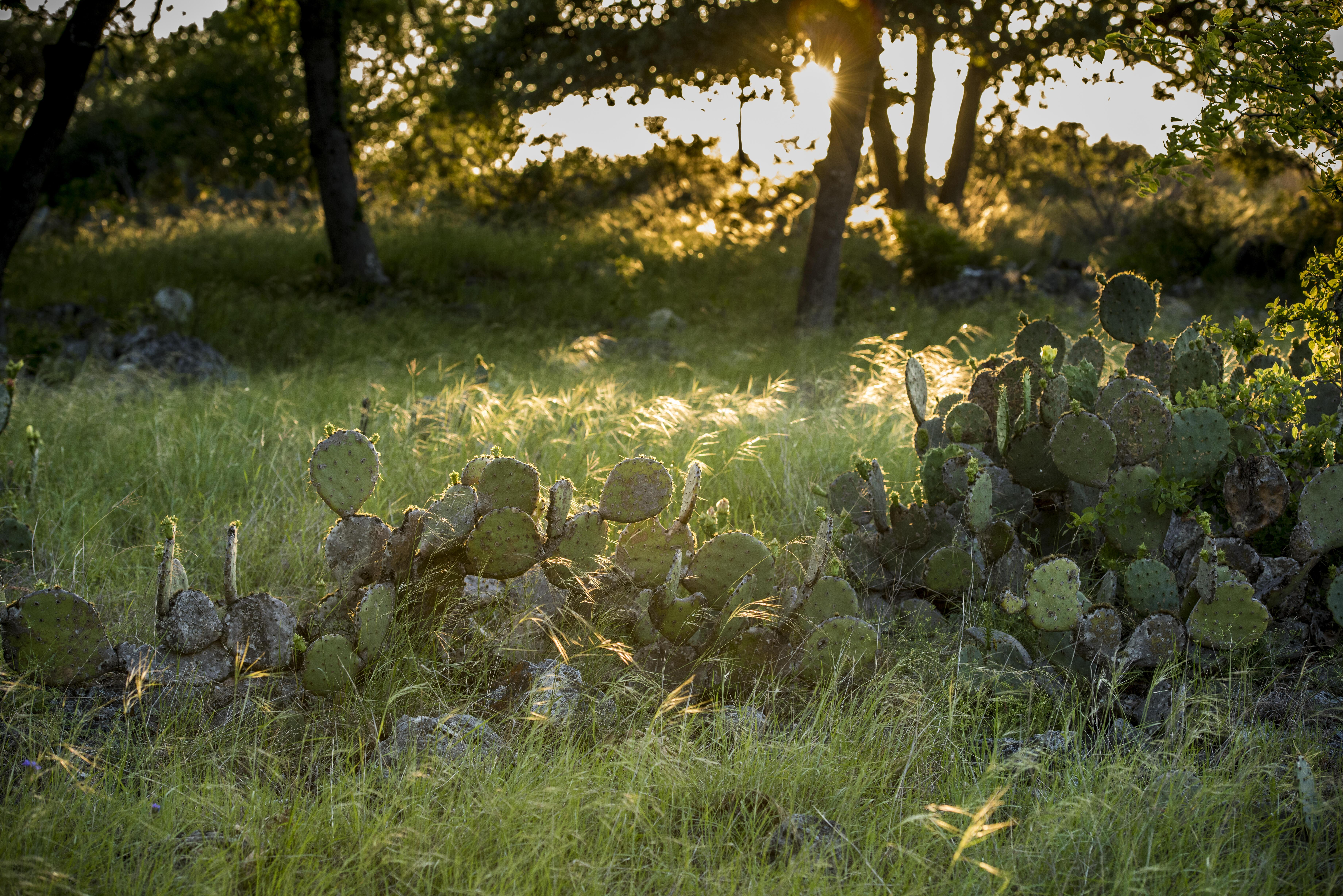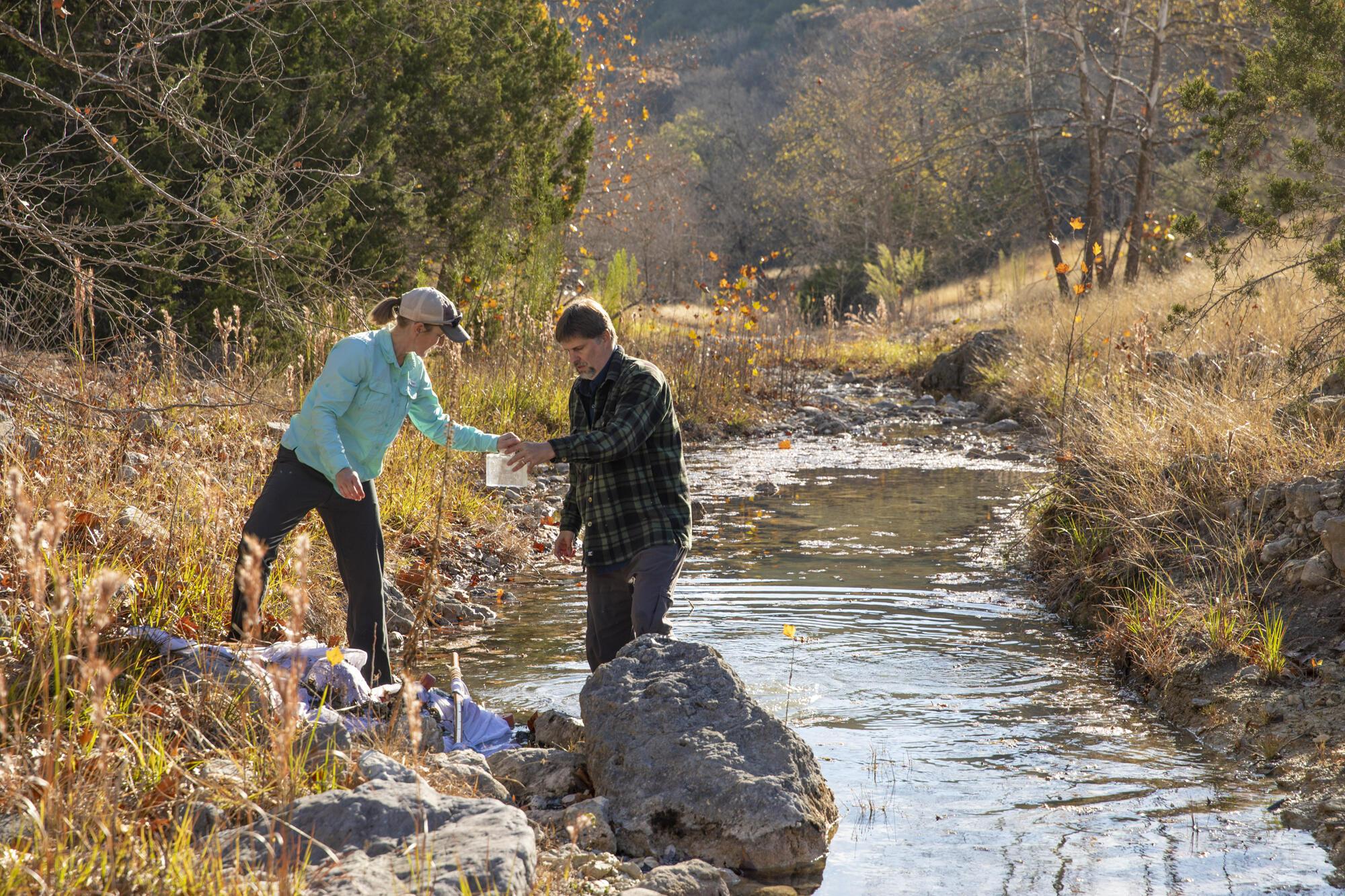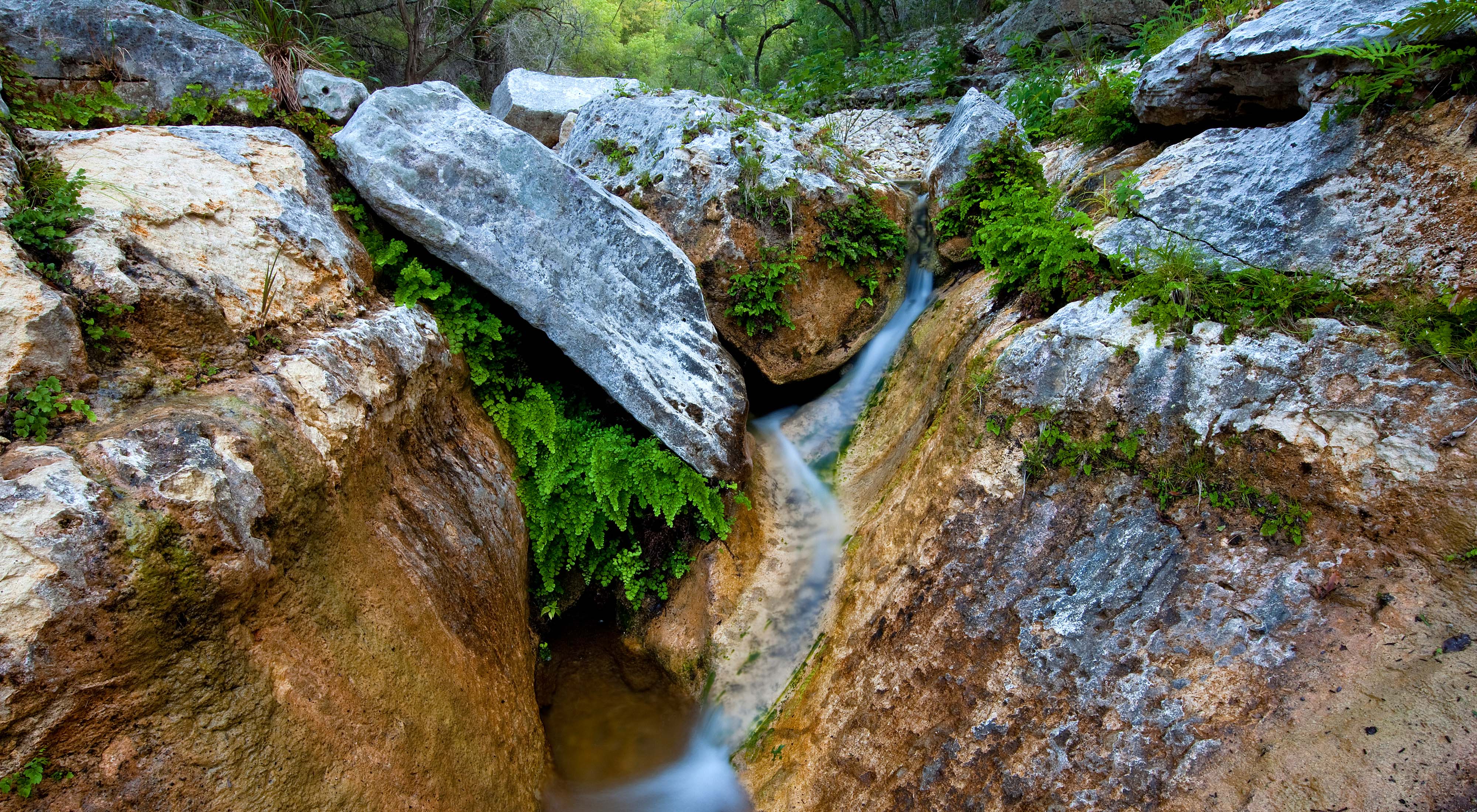Description
Some of the most iconic Texas rivers flow through a beautiful region that The Nature Conservancy (TNC) calls the Bandera Canyonlands in the western Hill Country. Less than 10 miles east of the infamous Lost Maples State Natural Area, Love Creek Preserve offers crystal-clear waters that etch through deep, cool canyons, enabling native plants and wildlife to flourish on the Edwards Plateau. Here, Love Creek flows through the 2,845-acre preserve for 2.25 miles, giving it its name; the creek then joins with the west prong of the Medina River, eventually contributing to the Edwards Aquifer. Together, this protected acreage represents one of the most diverse habitats in the nation and some of the most scenic land in Texas.
The preserve’s beginnings date back to 1982, when Baxter and Carol Adams moved from Houston to purchase 1,863 acres along Love Creek, calling their Hill Country homestead Love Creek Ranch. The next 19 years saw substantial changes to the property as they began to experiment with ways to produce a livelihood from what Baxter called "a rock garden," resulting from years of minimal rainfall and intensive grazing activity.
Thus, the Adamses began their journey to understanding the intricacies of the natural systems that form the Bandera Canyonlands. The results of their experimentation and careful stewardship: an expanse of land that yields superior water and biological resources. TNC acquired 1,400 acres of the ranch in April 2000 to create Love Creek Preserve. Through our conservation work, we’re helping ensure that their legacy will live on and be enjoyed by future generations of Texans.

